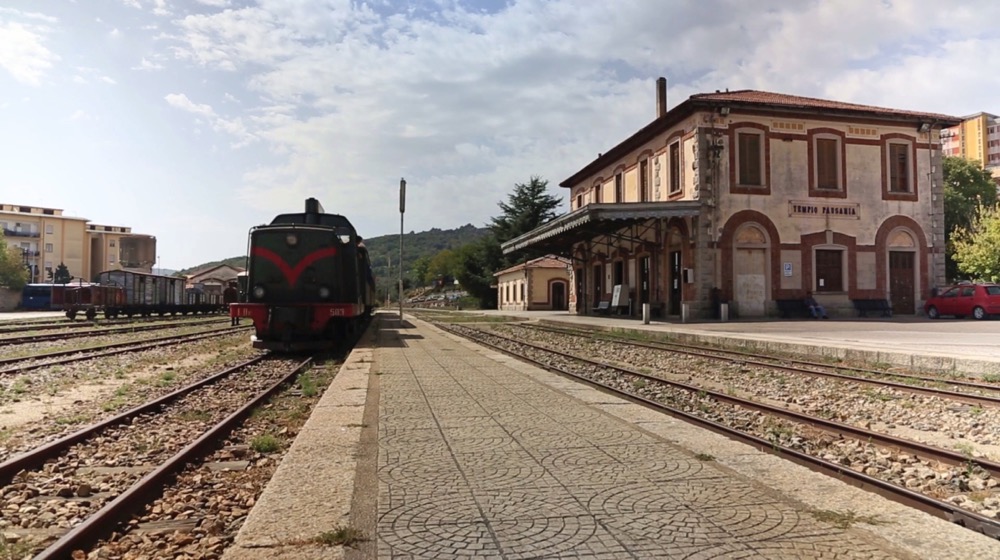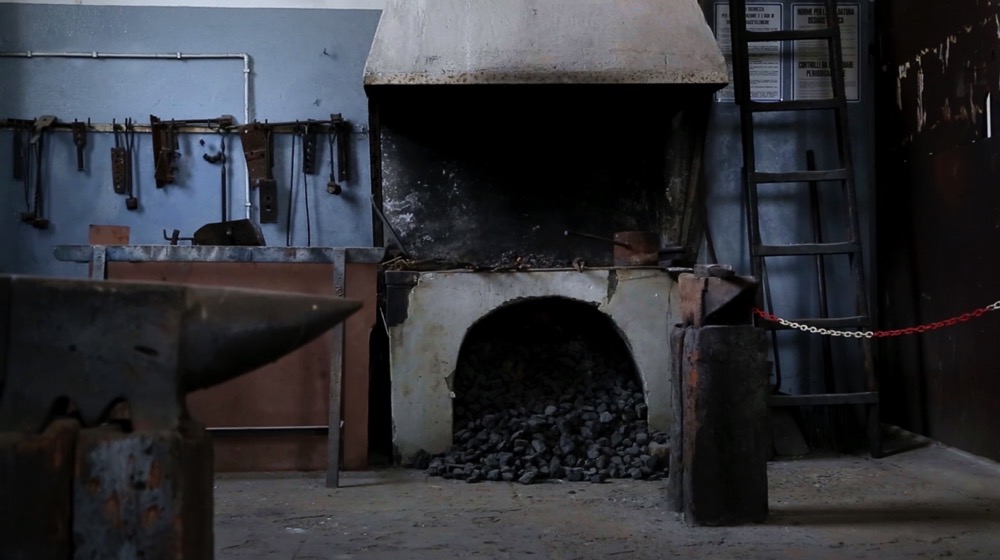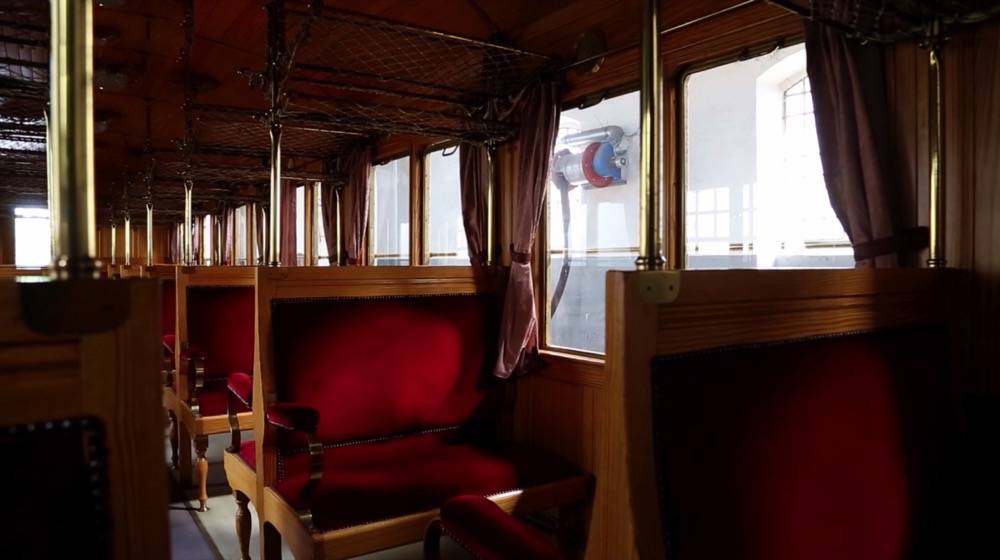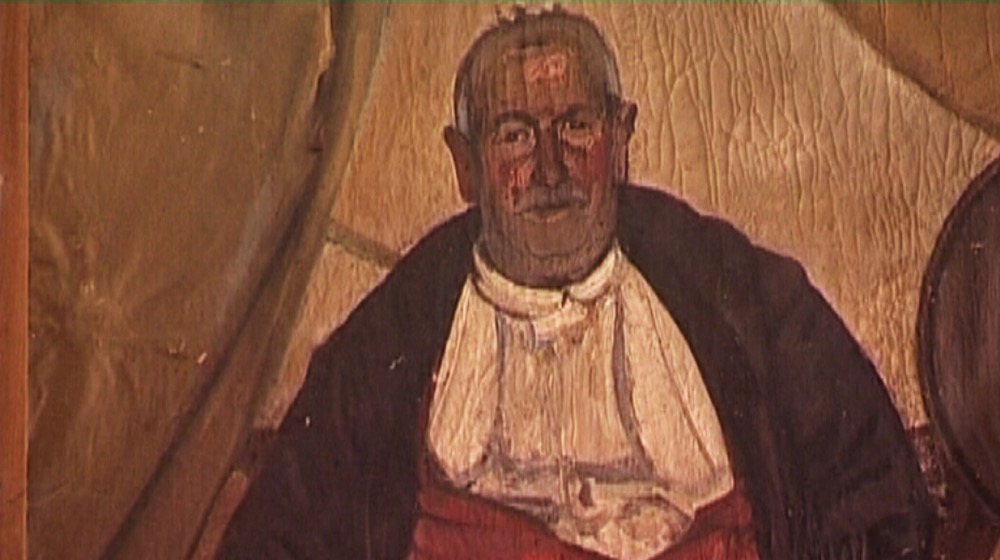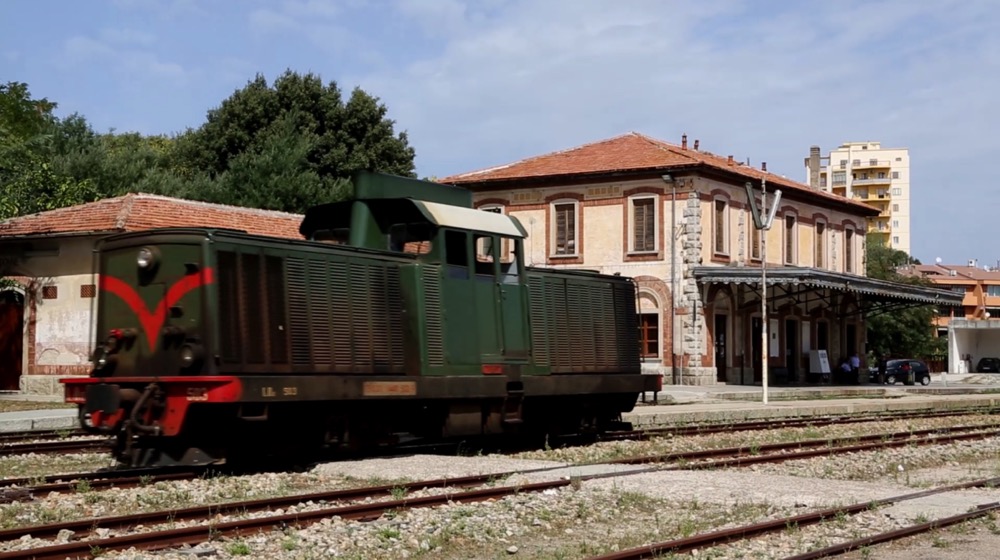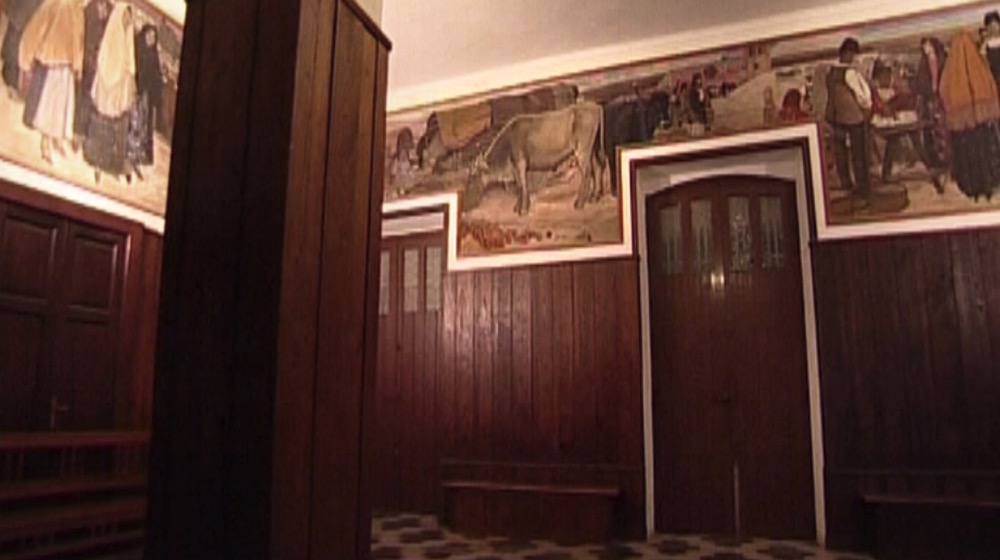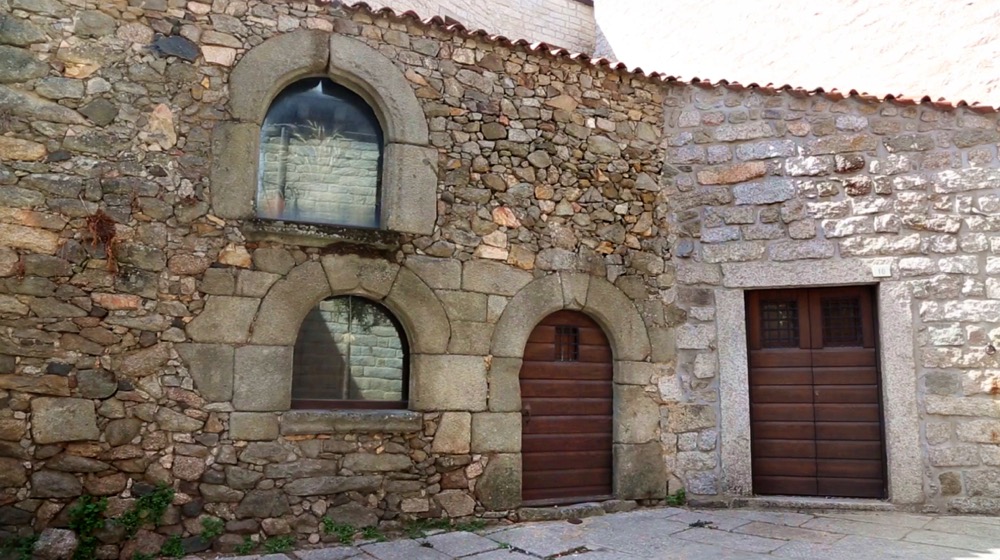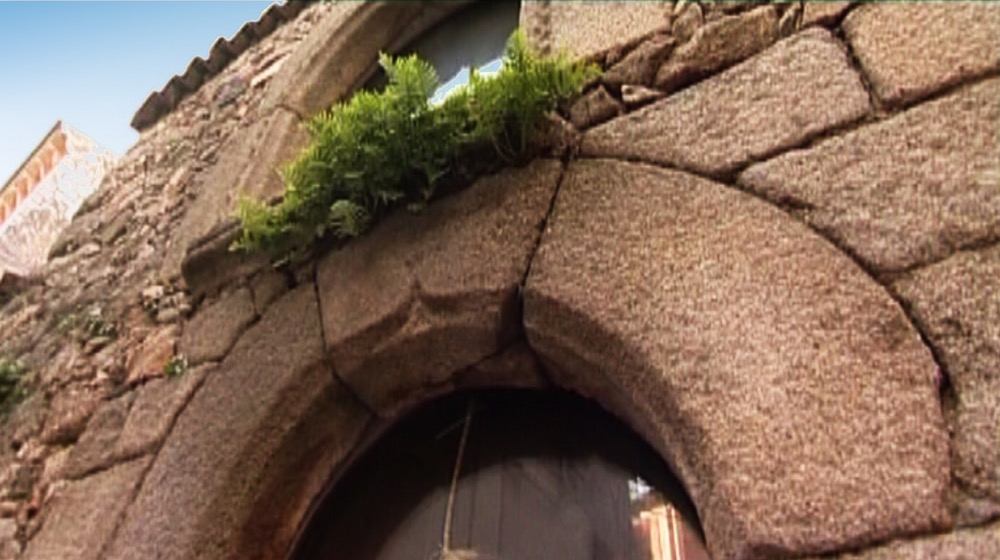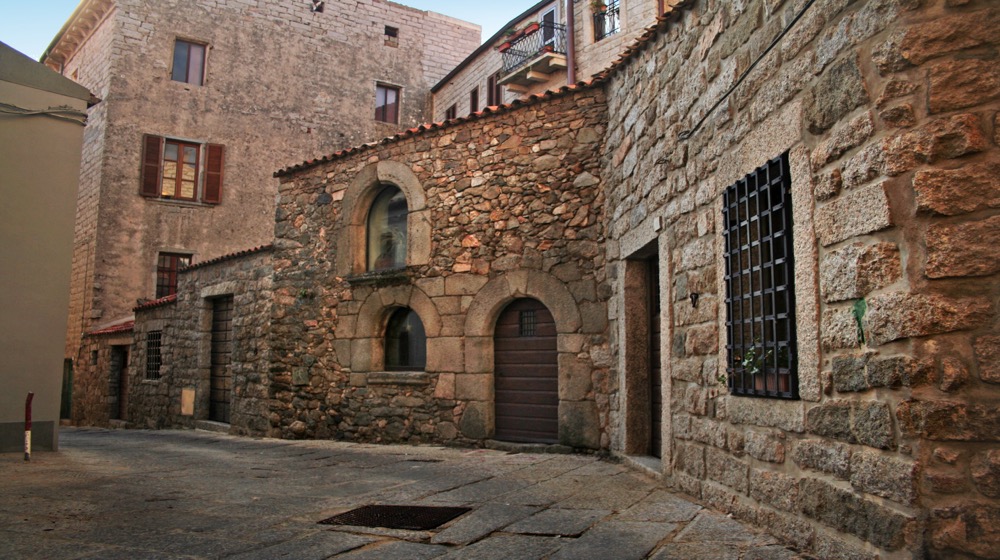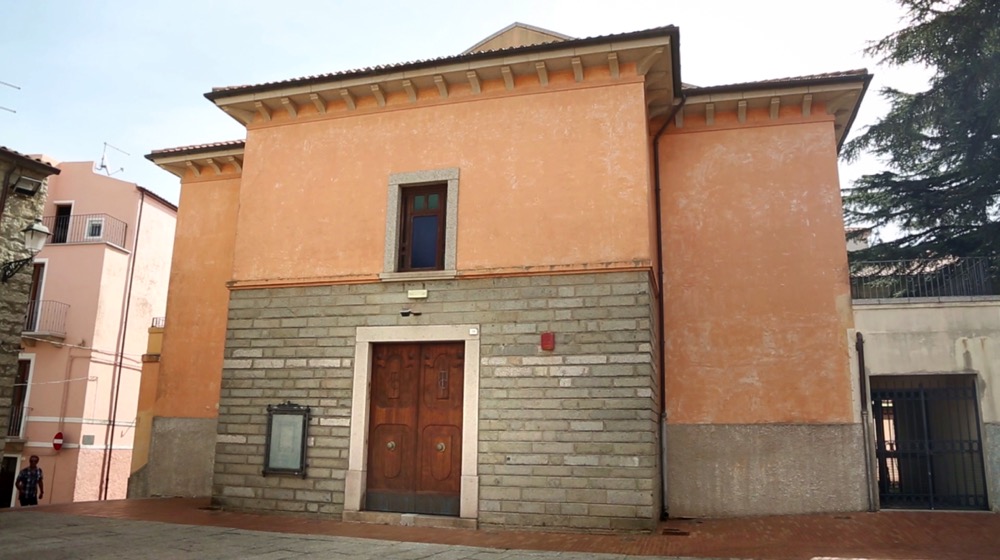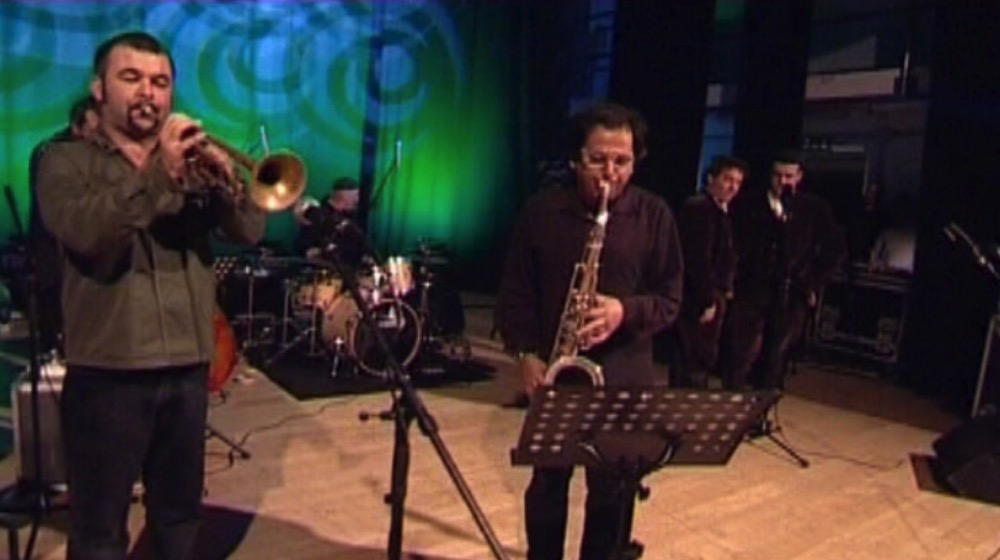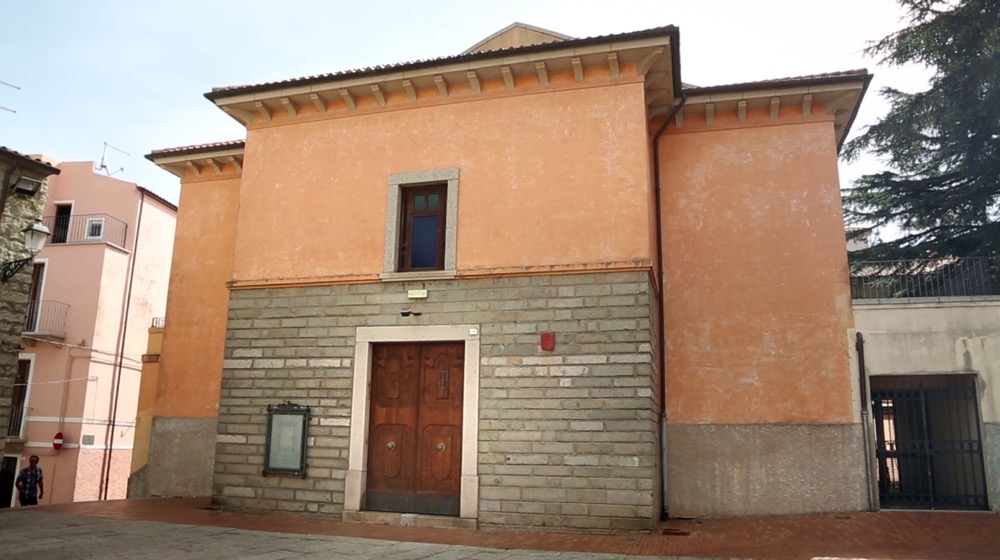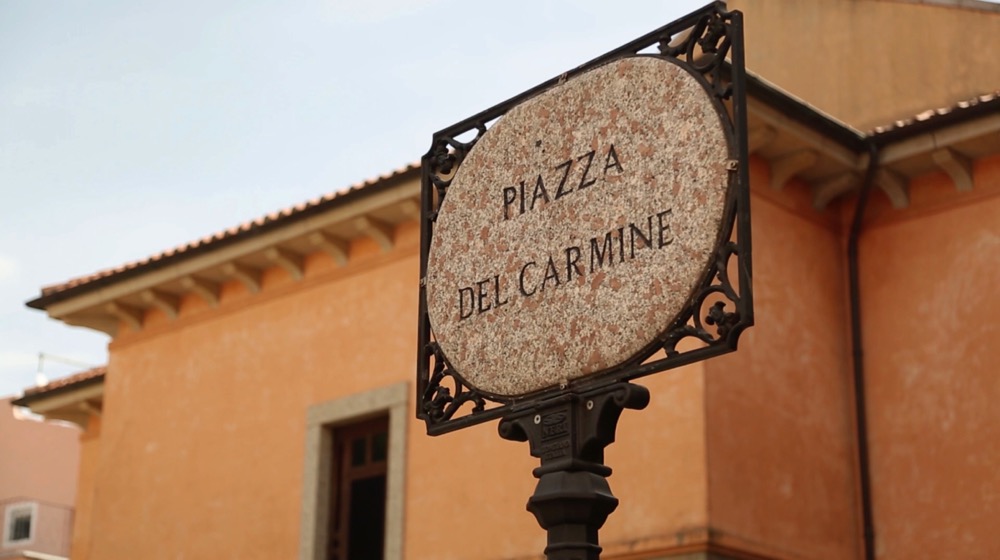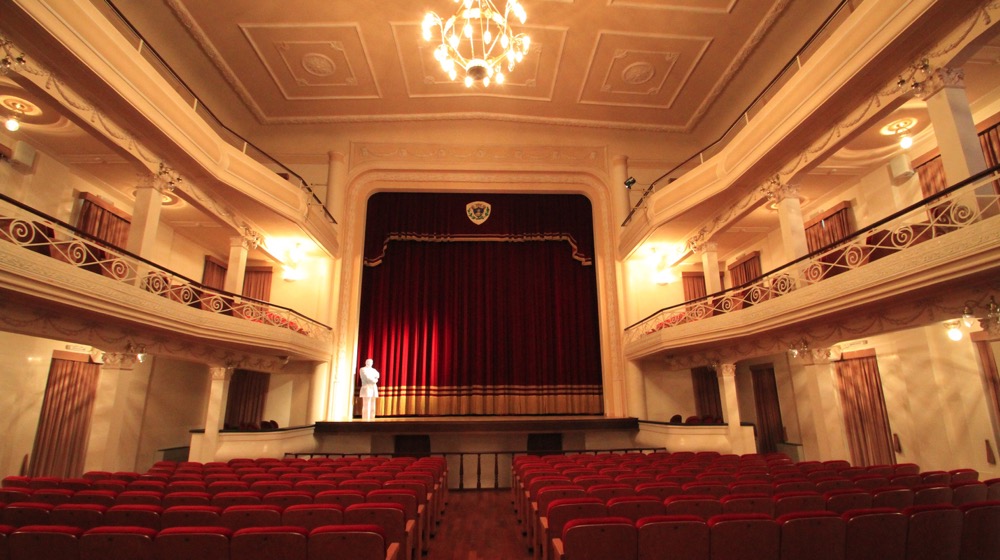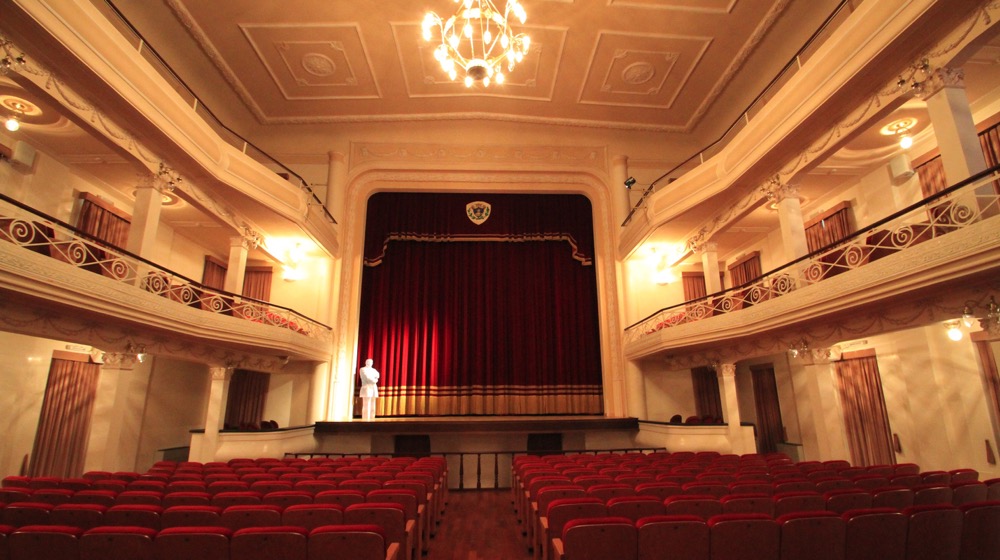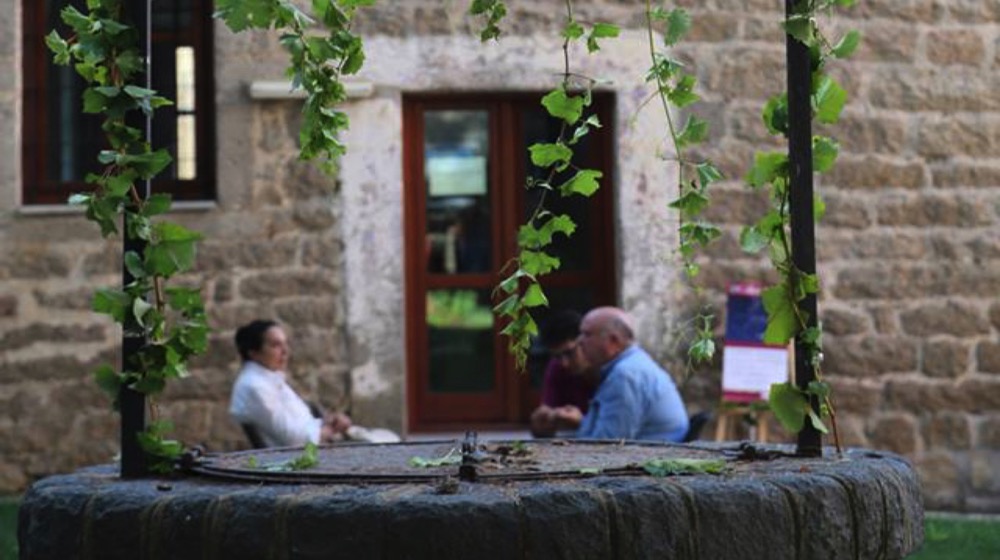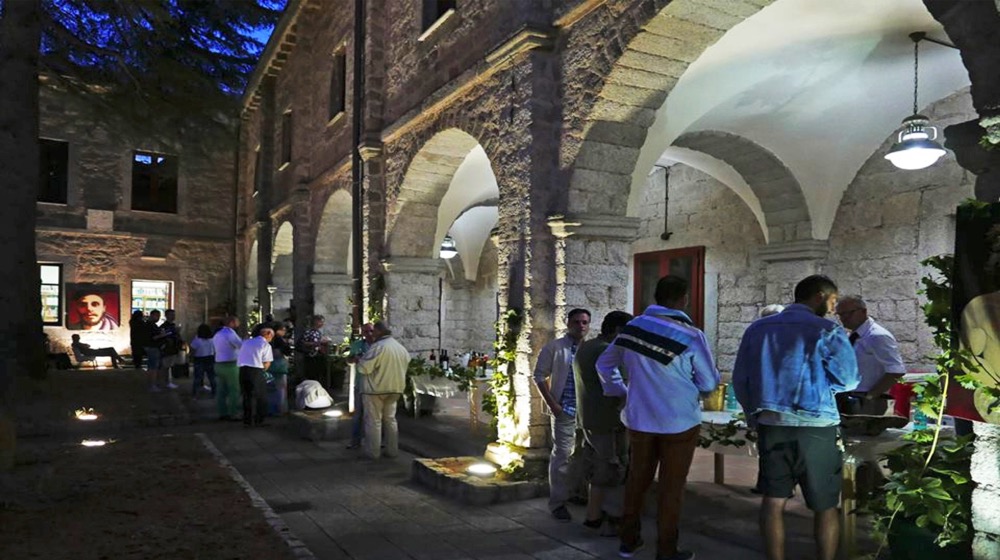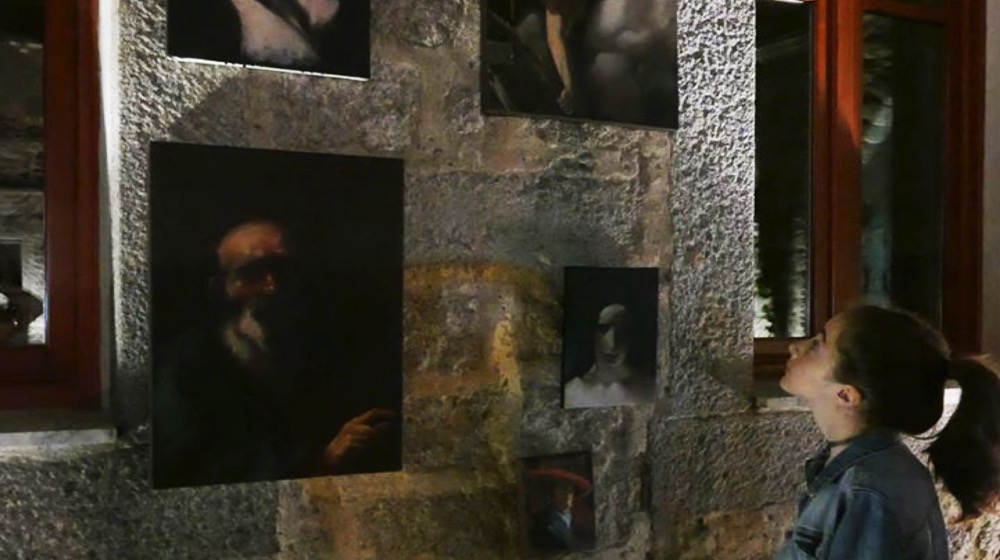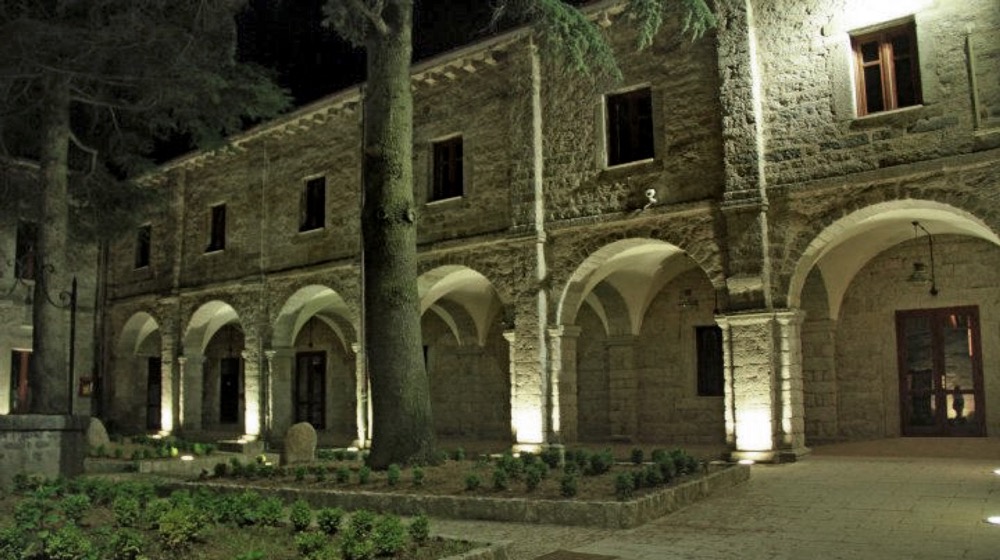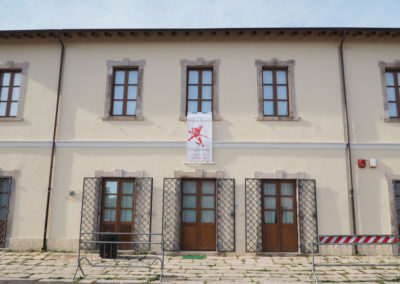Points of interest
Railway station
Tempio railway station was built in 1931, with the traditional model of a transit station, which addresses the main front to the village and is placed parallel to the rails; the front building is articulated by cornices and openings in perfect correspondence with the one towards the railway track, complemented by a beautiful iron cantilever roof. The attention to detail is evident in the use of bricks, in contrast with the plaster and structural parts made of granite, in the paintings of the lunettes and geometric bands that emphasize the walls, in writing service and furnishings, not fully maintained.
It is particularly important the decorative part of Giuseppe Biasi, who performed the paints for the interior. The paintings, in part lost, represent scenes of country life and moments of everyday life, characterized by wide layers of color, which is gloomy, lively and bright.
Casa di Nino di Gallura
“House of Nino di Gallura”, is located in the homonym street, is an important example of medieval architecture in the city. Alleged home of Nino Visconti, he was Judge of Gallura in the middle of the thirteenth century. Friend of Dante Alighieri, is quoted in the eighth song of the Purgatory of the Divina Commedia: “Giudice Nin gentil, quanto mi piacque quandi ti vidi non esser tra i rei” … “Non le farà si bella sipoltura la vipera, che i Milanesi accampa come avria fatto il Gallo di Gallura” (vv. 52-55). –
The ancient building currently is only visible partly, now fully incorporated into the latest surrounding buildings. The structure has two rooms with courtyard, typical plant of the ancient buildings. After a recent renovation can be admired in all their original glory, three features openings, strong witness of an architecture much older than the rest of the buildings in the city.
Teatro del Carmine
The Teatro Civico del Carmen stands on the area of the ancient Madonna del Carmine Church, situated in the square and adjacent to the Chiostro degli Scolopi. The project was planned in 1928 by engineer Aldo Faconti, strongly backed by the government and by a group of deserving citizens (the “Company of the ten”) desiring to give to Tempio a permanent theater. The inauguration took place on February 20, 1929 with the performance of the opera Lucia di Lammermor by Gaetano Donizetti; in 1930, after hosting the tenor Giovanni Manurrita was greeted triumphantly Bernardo de Muro.
Later the building was used for the representation of popular shows until, during the ’50s with the advent of film and television, the theater starts a slow decline that will culminate with the use of’ building as a dance hall.
The theater was closed in 1991. After intense restoration work that has enabled us to recover its original appearance, it was returned to Gallura’s people on 18 October 2001.
Convento degli Scolopi
Piarists, in 1665, had established, at the urging of the municipalities and the nobility of Tempio, a free college, where teaching was given to young people across the Gallura.
The seventeenth-century building, although altered over time, retains its imposing structure. Currently houses the Municipal Library “Giovanni Maria Dettori”. In the school of the Piarists, who had the merit to redeem the land of illiteracy, studied famous people, from the greatest poet of Gallura, Don Gavino Pes (1724-1795) theologian Giovanni Maria Dettori (1773-1836), master of Vincenzo Gioberti at the University of Turin.
The Historical Exhibition devoted to "I Diavoli Rossi” of the “Brigata Sassari during the Great War"
On joined initiative of the Municipal Administration and other local associations among which the “Lions Club” of the territory. The historical exhibition devoted to the”Diavoli Rossi” of the “Brigata Sassari” and their legendary epic during the Great War, has been inaugurated in Tempio Pausania on march the 31st of 2017.
Realized thanks to the “Comitato Milanese dell’Istituto per la Storia del Risorgimento Italiano” (Milanese Committee for the Institution of the History of Italian’s Risorgimento), based on the project of the historian Lucia Romaniello and the Lieutenant Antonio Pinna, historian of the “Brigata Sassari” and administrator of the project, the exhibition is specifically addressed to schools, not only in Tempio and in the neighboring areas, but in the whole island of Sardinia, that, through the guided tours in the “Percorso della Memoria” (Path of the Memory) have the possibility to enrich the historical knowledge on the subject and to discover the great contribution offered by the Sardinians to the National and European History.
The exhibition, scientifically commissioned for areas and environments distributed on the three floors of the building, follows a thematic and chronological itinerary of the events, through the use of explanatory panels that describe the content of the principal battles, enriched by over two hundred photographic enlargements that document the life on the front, ancient uniforms, expository showcases containing documents, relics and objects of various nature that tell the stories of the intrepid Sardinians and of the characters that helped making the story of the Brigade legendary, among these people we can find Emilio Lussu, Giuseppe Musinu and officials of Tempio Alfredo Graziani and Antonio Giagheddu. Particularly interesting, under the educational profile, is the description of the war of position through the realistic reconstruction of a trench.
The Historical exhibition is located in the restored locals inside the old Station of the Secondary Railroads of Sardinia, in “Via della Stazione Vecchia” (under “Parco delle Rimembranze”), meaningful place from which “Brigata Sassari”, born in Tempio Pausania and in Sinnai on the 1° of March of 1915, departed some months after towards the Italian fronts during World War I.
The expository areas are open to the public with a free entry from Monday to Saturday, with a guided tour organized for schools on appointment.
For information please contact:
- the info point of the Historical Exhibit, in “Via della Stazione Vecchia”, from Monday to Saturday, from 09.00 a.m till 2.00 p.m.;
- email: mostrastoricabrigatasassari@gmail.com
- the Administrator of the Historical Exhibition Lieutenant Antonio Pinna, Tel. 339.7464941
- the Tourist Office, located in “Spazio Faber”, Tel. 079.6390080

